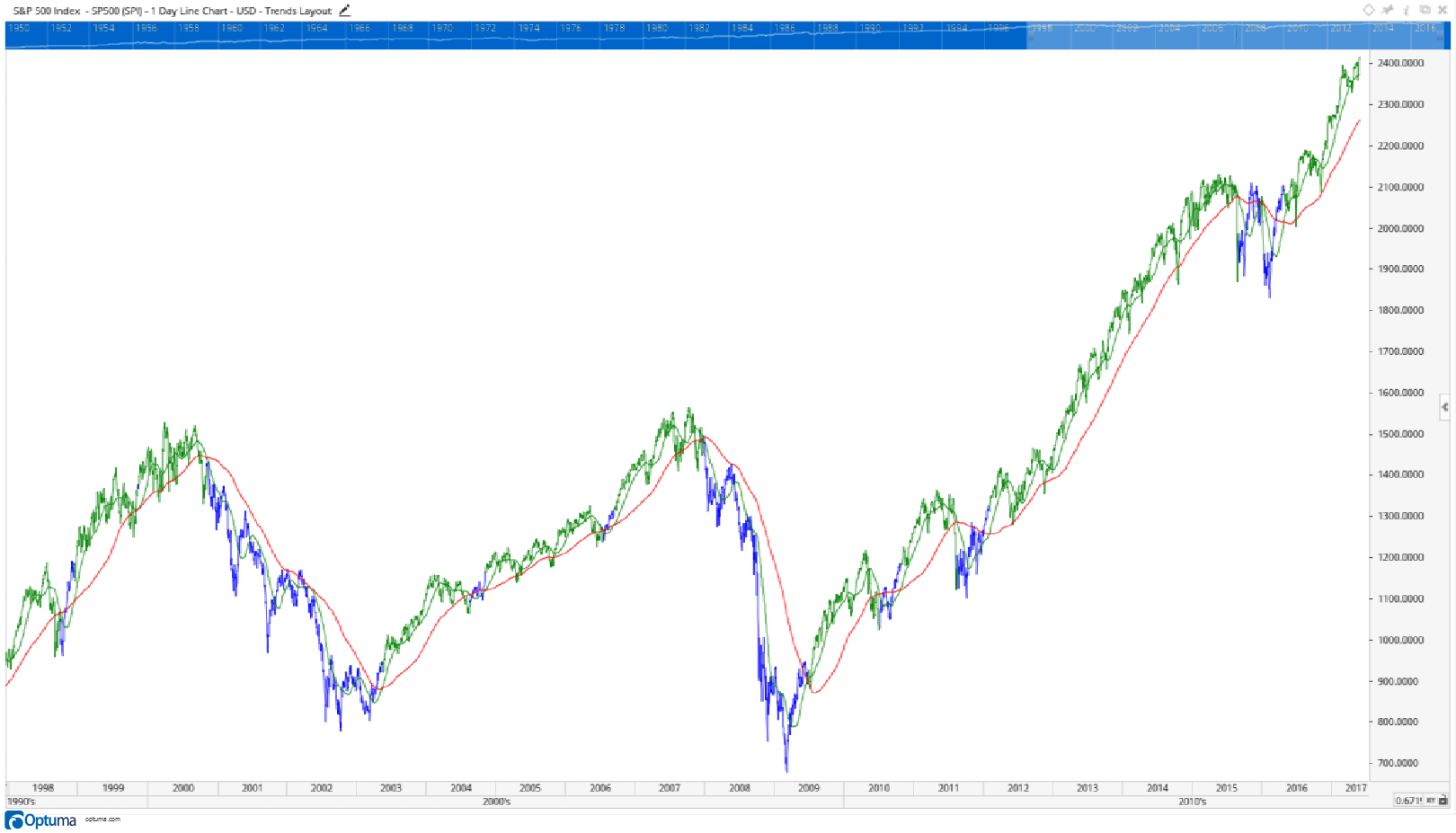It was just 5 feet away, and my kids, a 3-year-old daughter and 7-year-old son, had no clue.
We had just gotten off an airboat ride in the Everglades in South Florida, viewing the wildlife in the area and, of course, observing alligators.
But I had no clue there would be one sitting just 5 feet from the grassy walking path where my kids were running and laughing.
I, like any responsible adult, walked over and asked the gator handler if he could do anything to move the alligator along — you know, anywhere other than 5 feet away from where my kids were walking.
His response was priceless: Don’t worry, he won’t bother you if you don’t bother him.
Tell me again how nice these wild animals are, and why it’s fine for my kids to be playing just a few feet away from them.
It’s not.
It’s never wise to be near wild animals, especially aggressive ones like alligators, sharks, bears, etc.
Yet, people who spend a lot of time around such animals tend to say just the opposite: Don’t bother them, and they won’t bother you. They are clearly underestimating the power and instincts these animals have.
I say it depends on how hungry they are, but that’s just me.
Regardless, I think that is the worst piece of advice you could give someone. Unfortunately, it’s advice I’m sure many of you can relate to with regard to the stock market.
The Power of a Bear Market
Let’s think back to 2007-2008 when the collapse was just beginning. Had you called your broker over that time (the people who are tracking and working in the stock market daily), they would have told you just to ride it out. Give it a few months, and stocks would bounce back. They always do, right?
But a year later, many investors saw their retirement accounts cut in half, or even worse.
At that point, near the worst of the bear market, investors pulled cash out, burned by the market and not looking to get back in.
What happened at the beginning of the bear market was that many of your advisers, and maybe even you, simply underestimated the power of a bear market — another one of nature’s wild animals.
The market is a thing of beauty, and bull and bear markets are promised to happen at some point. It’s impossible to predict exactly when one starts, but there are still strategies you can implement to help your portfolio and to respect the power of a bear market.
Here’s an easy but effective way.
A Simple Trick
A few weeks ago, I went into some detail about how to avoid a bear market by getting an early reading on a stock market warning sign.
Well, today’s version is simplified. It’s not as timely as what I explained then, but it’s simple and will do the trick.
Here’s the thing: Markets trend. A bear market, though short in duration, is a rapid move lower. A bull market, however, lasts years and can be a steady climb. That’s why this simple indicator can allow you to avoid the worst of a bear market and still capture the bulk of a bull market.
This indicator is called the golden cross. It’s simply a shorter-term moving average crossing the longer-term average. This can be any measure of time, but the most common is a 50-day moving average for the shorter one, and a 200-day moving average for the longer one.
Take a look:

The 200-day moving average is in red, and the 50-day moving average is in green, but to help you see it better, I have changed the colors of the S&P 500 line. When it is green, it means the 50-day moving average is above the 200-day moving average, and when it is blue, the 50-day moving average is below the 200-day moving average. So when those colors change, that’s where the two moving averages crossed.
What I want you to notice is that during the 2000-2002 bear market, you would have been sitting on the sidelines, missing a more than 40% decline in the market.
And from late 2007 to 2009, you would have sidestepped a worse than 50% decline — a nice way to preserve some wealth.
And, on the flip side, during the bull markets there are few instances where they cross over.
It happened twice from 2003 to 2007, and four times from 2009 to today.
So this is a reliable and easily tradeable indicator that you should be able to pull up on almost any chart (even Yahoo Finance lets you add it in) to tell you when to be in and out of the market. It’s not perfect, but at least it keeps you in check during a bear market.
Regards,

Chad Shoop, CMT
Editor, Automatic Profits Alert



